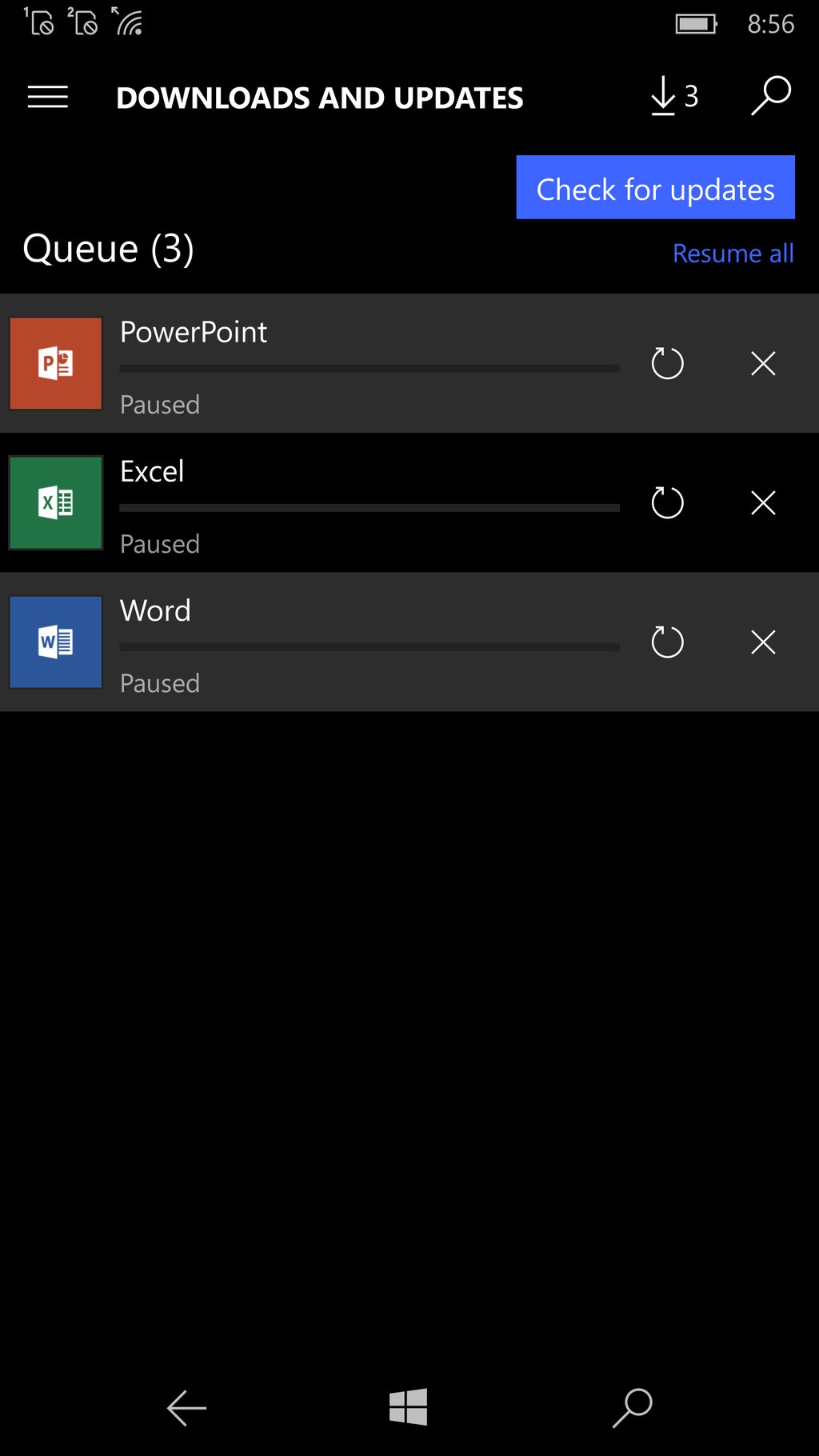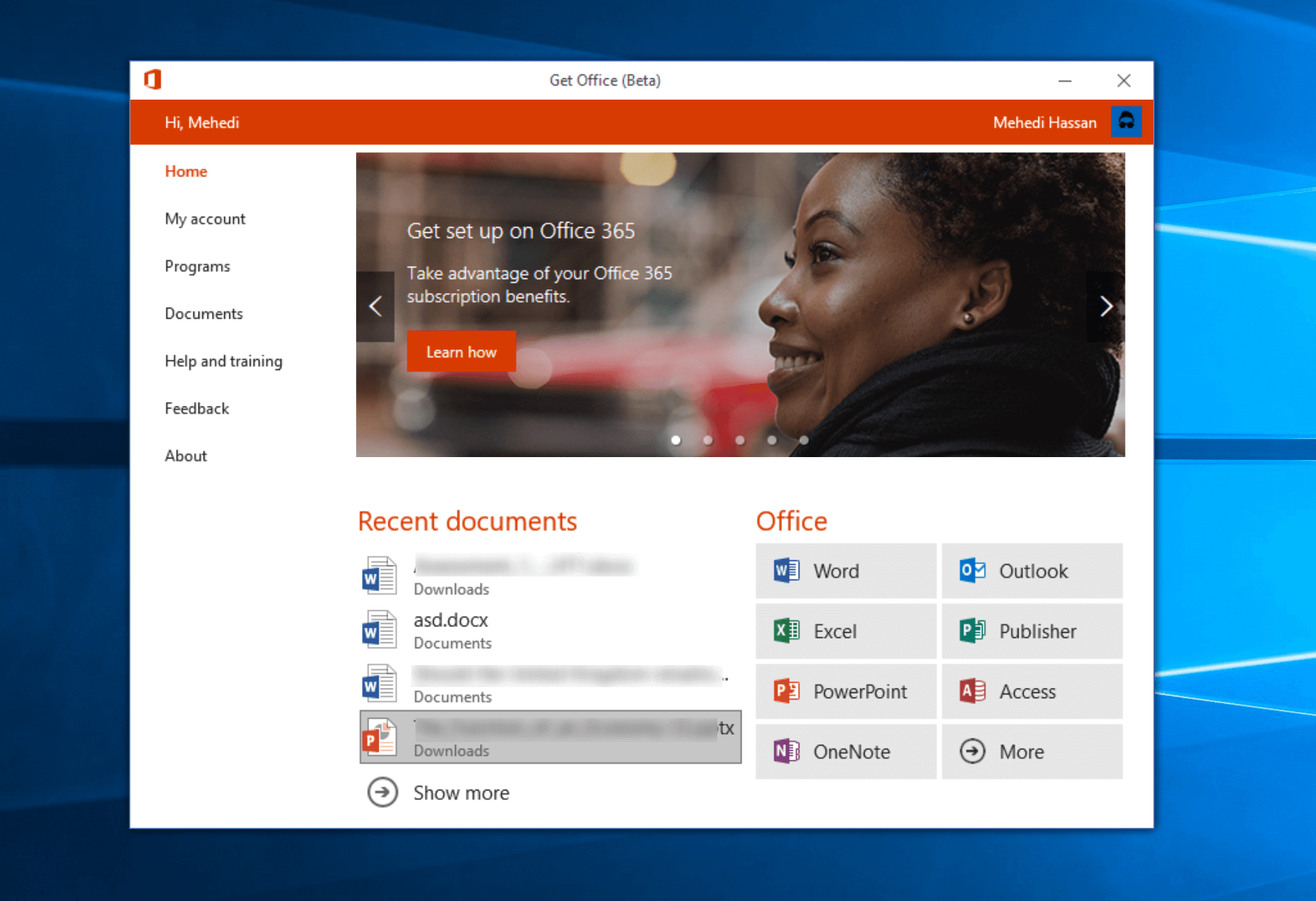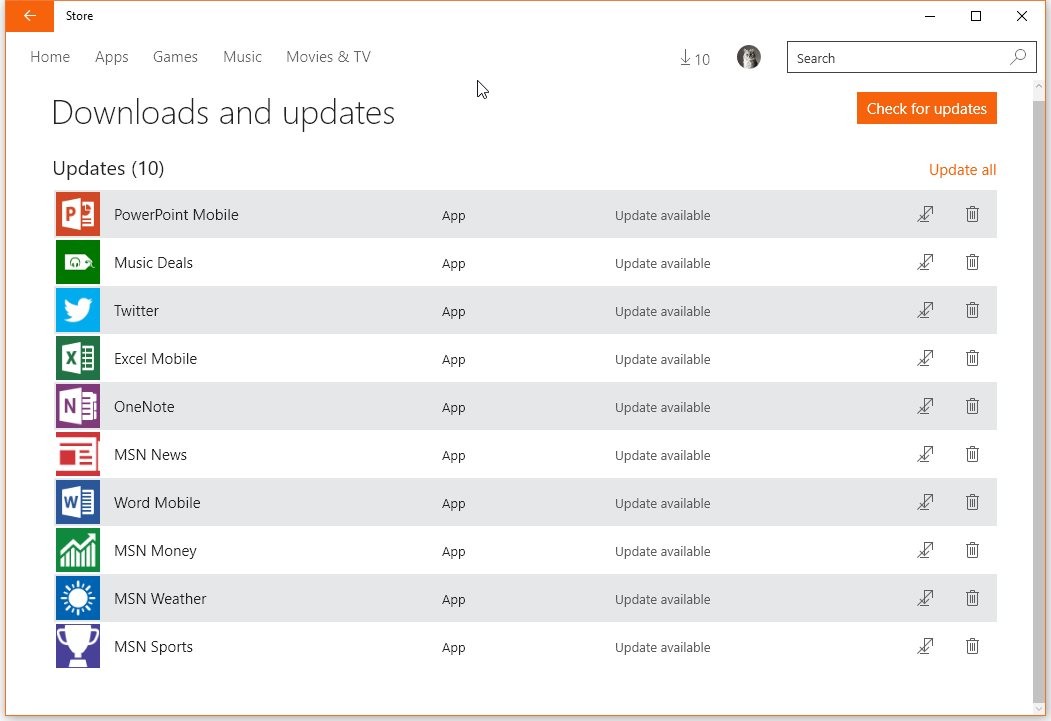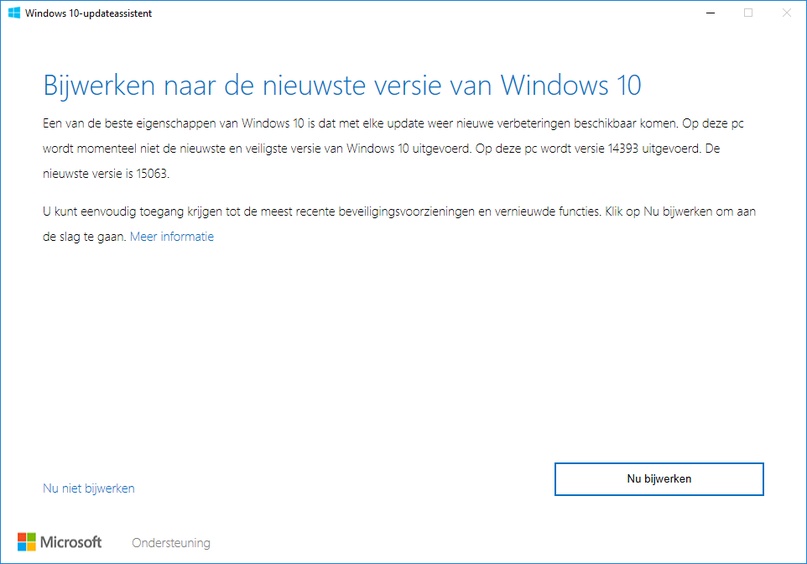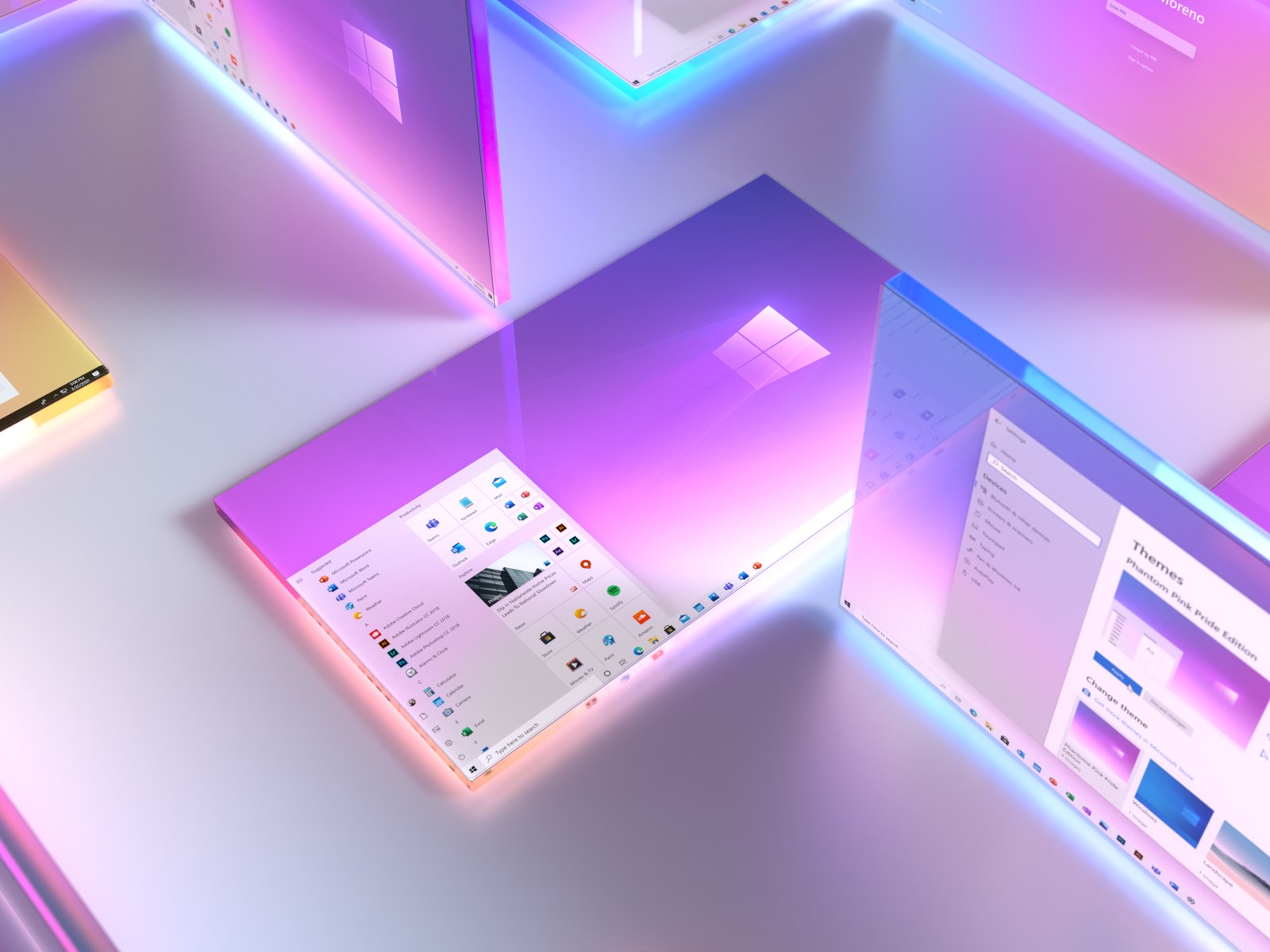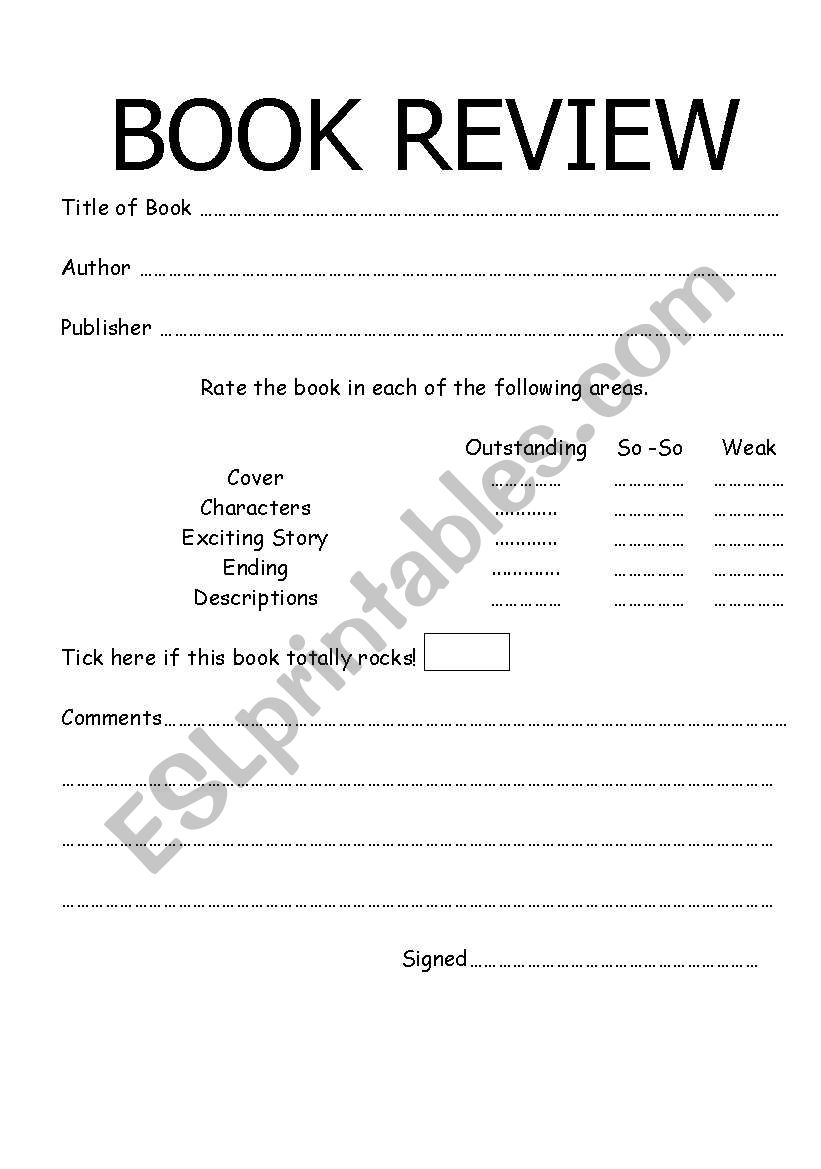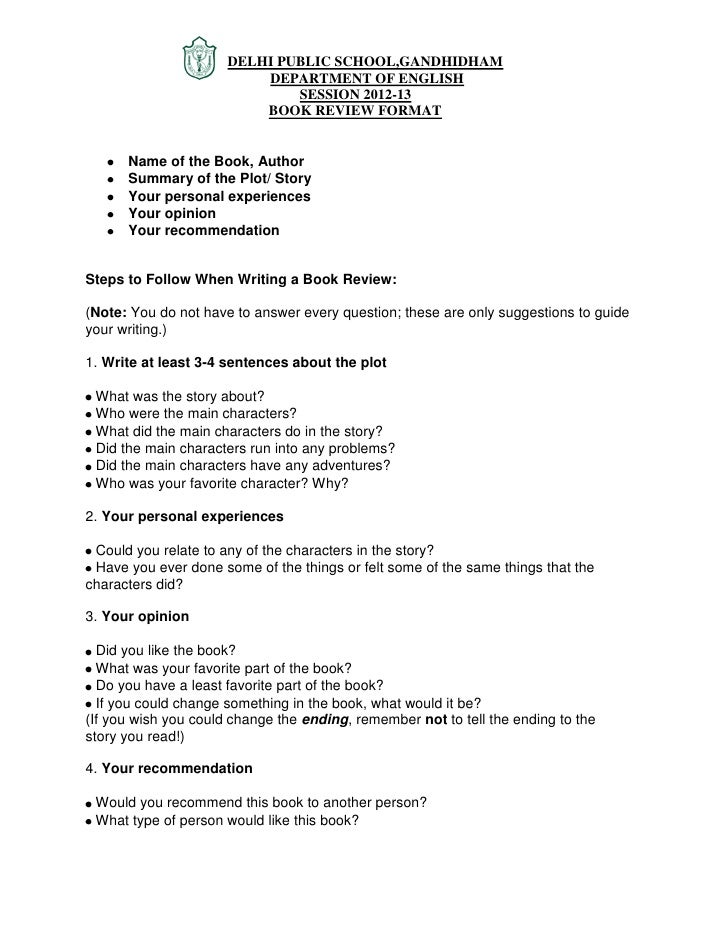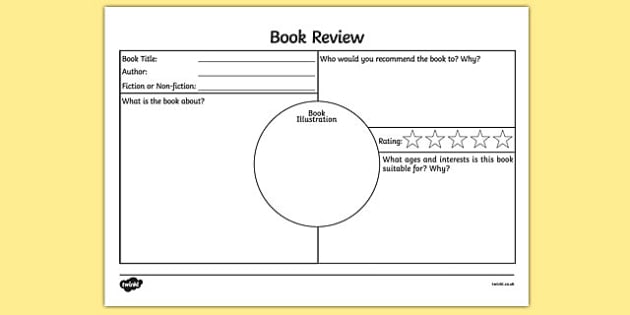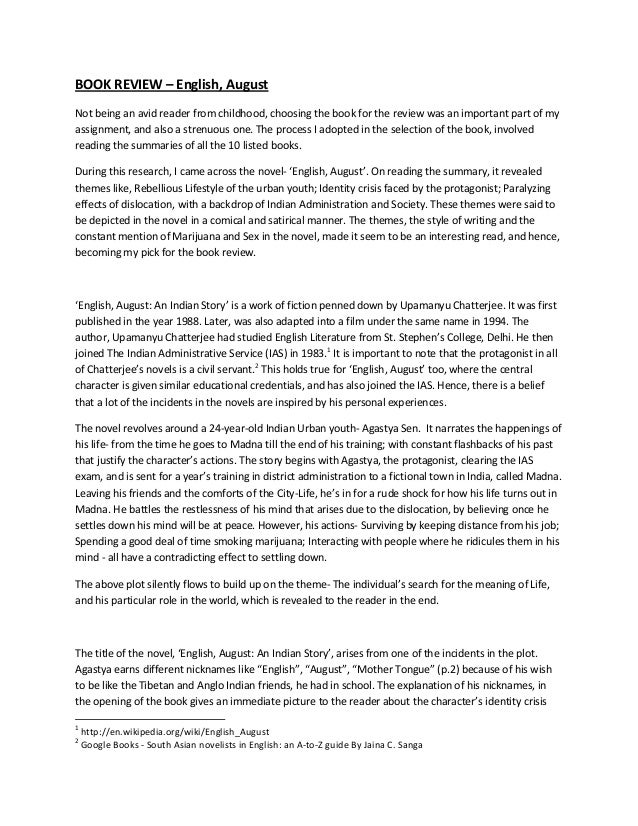Warren noted that he rarely used the Widgets panel or Microsoft Teams, citing that he preferred the weather display that later versions of Windows 10 offered, and didn't use Teams to communicate with his friends and family. He also acknowledged the expansion of Microsoft Store to include more "traditional" desktop applications. Overall, he concluded that "I wouldn't rush out to upgrade to Windows 11, but I also wouldn't avoid it. After all, Windows 11 still feels familiar and underneath all the UI changes, it's the same Windows we've had for decades." Cunningham concluded that "as I've dug into and learned its ins and outs for this review, I've warmed to it more", but argued that the OS was facing similar "public perception" issues to Windows Vista and Windows 8.
In October 2019, Microsoft announced "Windows 10X", a future edition of Windows 10 designed exclusively for dual-touchscreen devices such as the then-upcoming Surface Neo. It featured a modified user interface designed around context-sensitive "postures" for different screen configurations and usage scenarios, and changes such as a centered taskbar and updated Start menu without Windows 10's "live tiles". Legacy Windows applications would also be required to run in "containers" to ensure performance and power optimization. Microsoft stated that it planned to release Windows 10X devices by the end of 2020. Internet Explorer has been replaced by the Chromium-based Microsoft Edge as the default web browser, and Microsoft Teams is integrated into the Windows shell.
Microsoft also announced plans to allow more flexibility in software that can be distributed via Microsoft Store, and to support Android apps on Windows 11 . At least 16GB of RAM The basic system requirements of Windows 11 differ significantly from Windows 10. Windows 11 only supports 64-bit systems such as those using an x86-64 or ARM64 processor; IA-32 processors are no longer supported. Thus, Windows 11 is the first ever consumer version of Windows not to support 32-bit processors and 16-bit software . The minimum RAM and storage requirements were also increased; Windows 11 now requires at least 4GB of RAM and 64GB of storage. The compatibility list includes the Intel Core i7-7820HQ, a seventh-generation processor used by the Surface Studio 2, although only on devices that shipped with DCH-based drivers.
Windows 11 SE was announced on November 9, 2021, as an edition exclusively for low-end devices sold in the education market, and a successor to Windows 10 S. It is bundled with applications such as Microsoft Office for Microsoft 365, Minecraft Education Edition, and Flipgrid, while OneDrive is used to save files by default. Windows 11 SE does not include Microsoft Store; third-party software is provisioned or installed by administrators. As part of the minimum system requirements, Windows 11 only runs on devices with a Trusted Platform Module 2.0 security coprocessor. According to Microsoft, the TPM 2.0 coprocessor is a "critical building block" for protection against firmware and hardware attacks. In addition, Microsoft now requires devices with Windows 11 to include virtualization-based security , hypervisor-protected code integrity , and Secure Boot built-in and enabled by default.
The operating system also features hardware-enforced stack protection for supported Intel and AMD processors for protection against zero-day exploits. A redesigned user interface is present frequently throughout the operating system, building upon Fluent Design System; translucency, shadows, a new color palette, and rounded geometry are prevalent throughout the UI. A prevalent aspect of the design is an appearance known as "Mica", described as an "opaque, dynamic material that incorporates theme and desktop wallpaper to paint the background of long-lived windows such as apps and settings".
For details, seeMicrosoft's Security Update Guide and the November 2021 Security Update notes. It also fixes a bug that causes improper rendering of some user interface elements or when drawing within some apps. And it makes quality improvements to the servicing stack, which is the component that installs Windows updates. In January 2021, it was reported that a job listing referring to a "sweeping visual rejuvenation of Windows" had been posted by Microsoft. A visual refresh for Windows, developed under the codename "Sun Valley", was reportedly set to re-design the system's user interface. Original equipment manufacturers can still ship computers without a TPM 2.0 coprocessor upon Microsoft's approval.
Devices with unsupported processors are not blocked from installing or running Windows 11; however, a clean install or upgrade using ISO installation media must be performed as Windows Update will not offer an upgrade from Windows 10. Additionally, users must also accept an on-screen disclaimer stating that they will not be entitled to receive updates, and that damage caused by using Windows 11 on an unsupported configuration are not covered by the manufacturer's warranty. Some third-party software may refuse to run on unsupported configurations of Windows 11. The taskbar's buttons are center-aligned by default, and it is permanently pinned to the bottom edge of the screen; it cannot be moved to the top, left, or right edges of the screen as in previous versions of Windows.
The notifications sidebar is now accessed by clicking the date and time, with other Quick Actions toggles, as well as volume, brightness, and media playback controls, moved to a new settings pop-up displayed by clicking on the system tray. The "Widgets" button on the taskbar displays a panel with Microsoft Start, a news aggregator with personalized stories and content (expanding upon the "news and interests" panel introduced in later builds of Windows 10). Microsoft Teams is similarly integrated with the taskbar, with a pop-up showing a list of recent conversations.
Windows 11, the first major Windows release since 2015, builds upon its predecessor by revamping the user interface to follow Microsoft's new Fluent Design guidelines. The redesign, which focuses on ease of use and flexibility, comes alongside new productivity and social features and updates to security and accessibility, addressing some of the deficiencies of Windows 10. Citing security considerations, the system requirements for Windows 11 were increased over Windows 10. While the OS can be installed on unsupported processors, Microsoft does not guarantee the availability of updates.
Windows 11 also drops support for 32-bit x86 CPUs and devices which use BIOS firmware. Windows 11 brings a refreshed user interface, better performance and security, and a variety of new features. Based on my initial experience using a review version of Windows 11 for the past two days, it's a solid upgrade with some nice benefits, but not a drop-everything-and-get-this update for Windows 10 users. There is a way to install Windows 11 on unsupported hardware, but we wouldn't recommend it.
Although Microsoft hasn't confirmed it, the company has heavily implied that unsupported users won't receive critical security updates. If you still want to install, you can do so using the Media Creation Tool, which bypasses hardware checks. After the download, double-click the ISO file and then double-click the setup.exe file.
Click Next at the initial install screen to check for and download any updates to Windows 11. At the Ready to Install screen, you will see that Windows 11 will be installed and personal files and apps will be kept by default. Click Next to have Windows 11 check for any updates, then accept the license terms. The Ready to install screen shows that Windows 11 will be installed and that your personal files and apps will be kept. You can then elect to keep personal files and apps, personal files only, or nothing. Microsoft is rolling out the OS in phases, so your system might not prompt you to upgrade just yet -- in fact, you might not find it even if you tell your computer to check for updates.
An August blog post from Microsoft said the company expects "all eligible devices to be offered the free upgrade to Windows 11 by mid-2022." Don't want to wait another half a year? Read on to find out how the Windows 11 Installation Assistant is your shortcut to Windows 11. Microsoft says that version 21H2 will have a fast installation experience as the feature update will install like a monthly cumulative update.
Additionally, Microsoft is planning to force install Windows 10 version 21H2 on devices that are approaching the end of servicing period. As the company explains in an official blog post, the update won't be delivered to all eligible devices straight away. However, there's an easier way to get Windows 11 right now on any compatible hardware, and Microsoft is encouraging people to do so. On August 31, 2021, Microsoft announced that Windows 11 was to be released on October 5, 2021. The release would be phased, with newer eligible devices to be offered the upgrade first.
Since its predecessor Windows 10 was released on July 29, 2015, more than six years earlier, this is the longest time span between successive releases of Microsoft Windows operating systems, beating the time between Windows XP and Windows Vista . At the June 24 media event, Microsoft also announced that Windows 11 would be released in "Holiday 2021". Its release will be accompanied by a free upgrade for compatible Windows 10 devices through Windows Update.
On June 28, Microsoft announced the release of the first preview build and SDK of Windows 11 to Windows Insiders. Back in November 2021, Microsoft started rolling out Windows 10 November 2021 Update to compatible devices. Unlike Windows 11 version 21H2, Windows 10 November 2021 Update includes minor improvements only, such as new virtualization features, Windows Subsystem for Linux changes and other fixes. Moving forward, Windows 11 is shifting to annual feature updates, but several new features are expected to arrive long before October 2022. Android app support and third-party app stores are the most well-documented - we may be waiting until the start of next year for those to arrive, but they're available to members of the Windows Insider Program now. Microsoft has released an updated version of its 'PC Health Check' app, designed to help you do just that.
It's available to download from the bottom of the main Windows 11 page. However, really the date that OEMs can begin to release Windows 11 hardware. The blog post states that 'in-market devices' which are eligible for the upgrade will be offered it later as part of a phased and measured approach.
Reception of Windows 11 upon its reveal was positive, with critics praising the new design and productivity features. However, Microsoft was criticized for creating confusion over the minimum system requirements for Windows 11. The increased system requirements initially published by Microsoft could see as many as 60 percent of existing Windows 10 PCs unable to upgrade to Windows 11, which has faced concerns that this will make the devices electronic waste.
Task View, a feature introduced in Windows 10, features a refreshed design, and supports giving separate wallpapers to each virtual desktop. When a display is disconnected in a multi-monitor configuration, the windows that were previously on that display will be minimized rather than automatically moved to the main display. If the same display is reconnected, the windows are restored to their prior location. The Microsoft Store, which serves as a unified storefront for apps and other content, is also redesigned in Windows 11. Microsoft now allows developers to distribute Win32, progressive web applications, and other packaging technologies in the Microsoft Store, alongside Universal Windows Platform apps.
Microsoft also announced plans to allow third-party application stores to distribute their clients on Microsoft Store. Windows 11 supports x86-64 software emulation on ARM-based platforms. The Windows 11 name was accidentally released in an official Microsoft support document in June 2021. Leaked images of a purported beta build of Windows 11's desktop surfaced online later on June 15, 2021, which were followed by a leak of the aforementioned build on the same day. The screenshots and leaked build show an interface resembling that of the canceled Windows 10X, alongside a redesigned out-of-box experience and Windows 11 branding. Microsoft would later confirm the authenticity of the leaked beta, with Panay stating that it was an "early weird build".
Microsoft is releasing stable updates to all versions of Windows still supported. This includes multiple versions of Windows 10 and Windows 11 version 21H2. The updates brings a few changes and fixes with the changelog appearing rather minimal for Windows 10. The build fixes a bug in the Japanese Input Method Editors , and includes a wide variety of security updates. For details, seeMicrosoft's Security Update Guide and the January 2022 Security Update notes.
The out-of-band build fixes two bugs, one of which caused IP Security connections that contain a Vendor ID to fail. VPN connections using Layer 2 Tunneling Protocol or IP security Internet Key Exchange could have also been affected. The other fixed bug prevented removable media formatted using the Resilient File System from mounting or caused the removable media to mount in the RAW file format. This issue occured after installing the January 11, 2022 Windows update.
In updated documentation, Microsoft has now confirmed that Windows 10 version 21H2 is available for everyone who will manually click on the "Check for updates" button. As you're probably aware, users who click on "Check for updates" are officially known as "seekers". If you don't click on the button, you'll automatically receive the update in future. You should have no concerns when it comes to buying a Windows 10 laptop or PC now, provided it's compatible with Windows 11. As GSMArena reports, Microsoft now offers users the choice to install Windows 11 when they're setting up an eligible Windows 10 device for the first time. This is of course one of the biggest questions, but the good news is that it will be free for eligible PCs.
However, Microsoft has updated the hardware requirements, so it's not as simple as all Windows 10 devices getting Windows 11. It has been theorized that these system requirements were a measure intended to encourage the purchase of new PCs, especially amid a downturn in PC sales and increased prices due to the global chip shortage. Research Vice President of Gartner Stephen Kleynhans felt that Microsoft was "looking at the entire stack from the hardware up through the applications and the user experience and trying to make the entire stack work better and more securely.
At the 2015 Ignite conference, Microsoft employee Jerry Nixon stated that Windows 10 would be the "last version of Windows", a statement that Microsoft confirmed was "reflective" of its view. The operating system was considered to be a service, with new builds and updates to be released over time. Windows 11 is the latest major release of the Windows NT operating system developed by Microsoft that was announced on June 24, 2021, and is the successor to Windows 10, which was released in 2015.
Windows 11 was released to the public on October 5, 2021, as a free upgrade via Windows Update and Windows 11 Installation Assistant on eligible devices running Windows 10. For details, seeMicrosoft's Security Update Guide and the October 2021 Security Update notes. This build fixes a bug related to compatibility issues between some Intel "Killer" and "SmartByte" networking software and Windows 11 . It also makes quality improvements to the servicing stack, which is the component that installs Windows updates. For details, seeMicrosoft's Security Update Guide and the December 2021 Security Update notes. Legacy BIOS is no longer supported; a UEFI system with Secure Boot and a Trusted Platform Module 2.0 security coprocessor is now required.
The TPM requirement in particular has led to confusion as many motherboards do not have TPM support, or require a compatible TPM to be physically installed onto the motherboard. Windows 11 is available in two main editions; the Home edition, which is intended for consumer users, and the Pro edition, which contains additional networking and security features , as well as the ability to join a domain. Windows 11 Home may be restricted by default to verified software obtained from Microsoft Store ("S Mode").
Windows 11 Home requires an internet connection and a Microsoft account in order to complete first-time setup. Because Windows 11 is, at its heart, a feature upgrade to Windows 10, most devices and apps that are compatible with Windows 10 should work after the upgrade. But "most" is not "all," and you'll be unable to get any work done while you're undoing the upgrade and restoring your system to its previous operating system. For older PCs, the story is complicated by the hardware requirements for Windows 11.
The biggest hurdle is the CPU compatibility requirement, which rules out most PCs that were designed before 2019. If your PC has a 7th Generation Intel CPU, its CPU is unsupported, which means you won't be offered an upgrade at all. Or Windows 8, though Microsoft pulled support for both of those in recent years.
However, once support ends, you won't get any security updates, which could leave your computer vulnerable -- many forms of malware target Windows devices. Choose Runafter the download to make sure your hardware is compatible. Then Accept and Install to agree to the licensing terms and begin the installation. When the program is finished installing, you'll be prompted to restart your computer.






